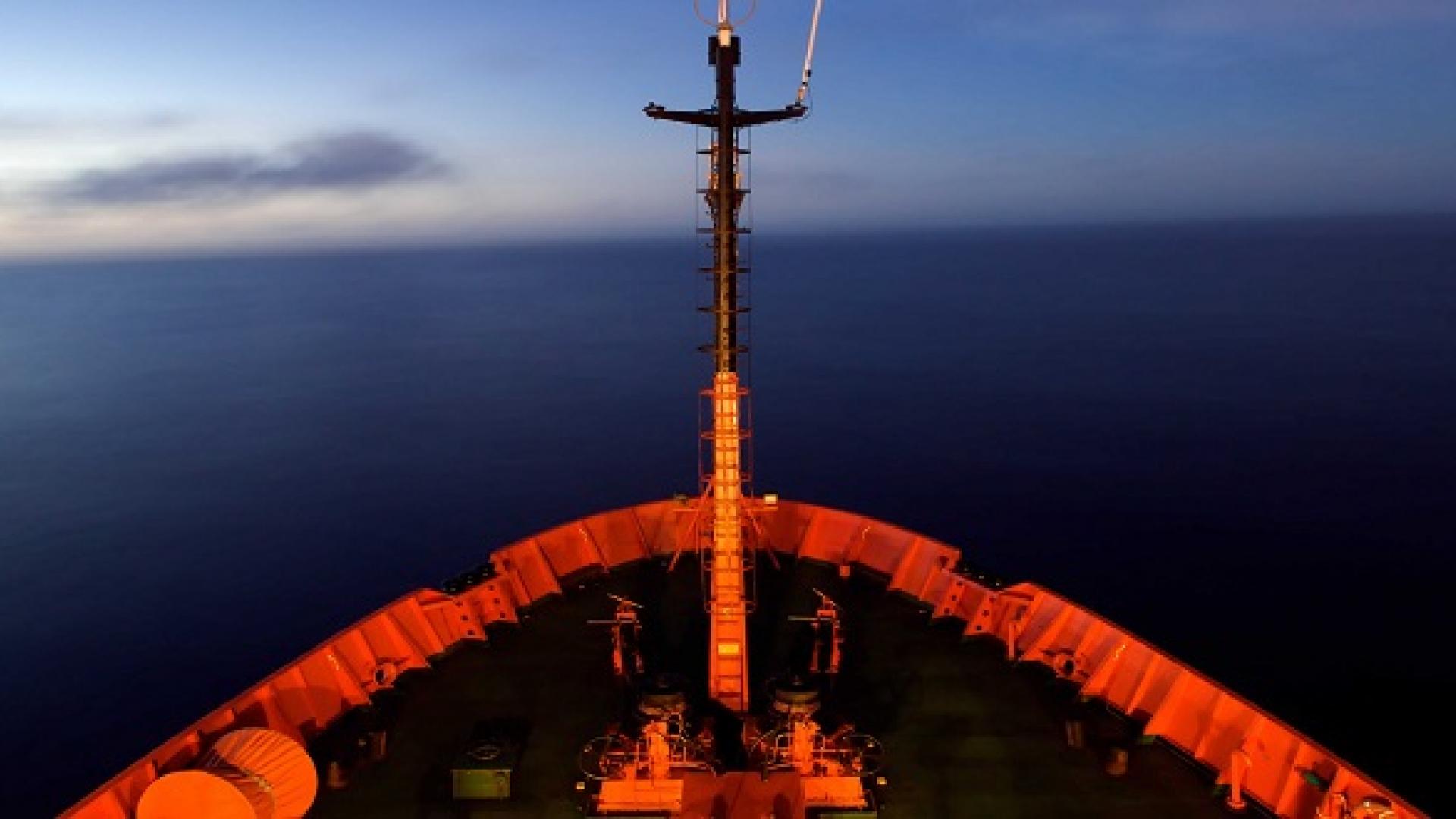© 2016 Joan Costa.
Toxic organic chemicals known as polycyclic aromatic hydrocarbons (PAH) are released during the burning of carbon-based organic materials where not all of the carbon is converted into carbon dioxide. This "incomplete combustion" occurs whenever fossil fuels or other organic material burns in air. KAUST researchers have helped evaluate how much of these pollutants are deposited from the atmosphere into the ocean worldwide, and their results challenge current thinking about the global carbon budget.
“The magnitude of PAH inputs to the ocean is so large that we must reconsider our understanding of the global ocean carbon budget,” said Carlos Duarte from the KAUST team.
There is a great variety of PAHs, but all have some of their carbon atoms bonded in linked six-carbon rings. They occur naturally in crude oil as well as being released when organic matter burns. As "semi-volatile" molecules, they leave the air to enter the ocean more readily than small volatile molecules.
The researchers measured levels of 64 PAH compounds in seawater and air during the Malaspana 2010 Circumnavigation Expedition. The results indicate that the global input of PAH from the atmosphere into the ocean every year is around 20 times greater than the direct input caused by the Deepwater Horizon oil spill of 2010.
Duarte explained that the results suggest a significant error was made when scientists first calculated the dynamics of the part of the global carbon cycle associated with the combustion of organic matter.
“The assumption must have been made that the carbon in fossil fuels used by humans was combusted all the way to carbon dioxide,” he said.
Read the full article

